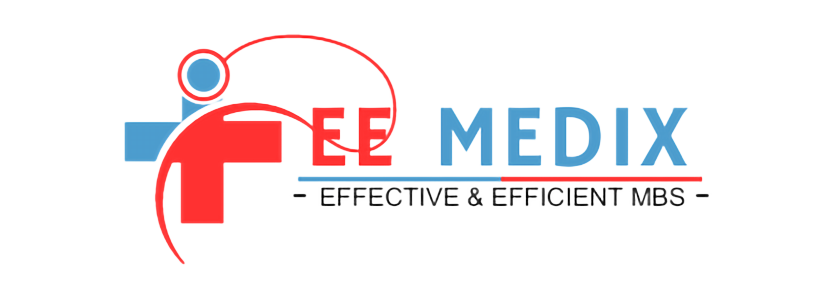Podiatry billing services have emerged as a crucial component for healthcare providers specializing in the treatment of foot and ankle disorders. Efficient billing involves more than merely ensuring healthcare professionals receive payment for their services. It encompasses streamlining operations, minimizing revenue loss, and ultimately enhancing patient care. In this comprehensive guide, we, experts in the field of podiatry billing services, will delve into the intricacies of this niche, addressing essential questions frequently searched for on the web.
What is Podiatry Billing?
Podiatry billing is the specialized practice of managing and processing financial transactions related to the services provided by podiatrists. Podiatrists are healthcare professionals who diagnose and treat conditions related to the feet and ankles. Billing in this field involves generating invoices, submitting claims to insurance companies, and ensuring timely reimbursement for the services rendered.
Effective podiatry billing services encompass a range of tasks, including:
- Coding and Documentation: Accurate coding of medical procedures and services is paramount in podiatry billing. Coders ensure that the correct Current Procedural Terminology (CPT) codes are assigned to each patient encounter. This is crucial for insurance claims and reimbursement.
- Insurance Verification: Verifying patient insurance coverage is a vital step in the billing process. It helps prevent claim denials and ensures that patients are aware of their financial responsibilities.
- Claim Submission: Billing professionals are responsible for submitting claims to insurance companies promptly. This involves preparing and sending detailed claims that outline the services provided. Along with the associated CPT and International Classification of Diseases (ICD) codes.
- Follow-Up and Denial Management: Tracking claims and following up with insurance companies to resolve issues or denials is a time-consuming but necessary task. Podiatry billing services diligently pursue unpaid claims to maximize revenue.
- Patient Billing and Collections: Billing teams also interact with patients to explain their bills, set up payment plans, and collect outstanding balances. Effective communication is key to ensuring patients understand their financial obligations.
Common CPT Codes for Podiatry
Understanding Common Procedural Terminology (CPT) codes in podiatry is essential for accurate billing. Here are some frequently used CPT codes in this specialized field:
- 99201-99205: These codes represent Evaluation and Management (E/M) services for new patients. They are used when a podiatrist evaluates a patient for the first time.
- 99211-99215: Similar to the above, these codes are for E/M services but for established patients.
- 11720-11721: These codes relate to the treatment of calluses on the feet, commonly encountered in podiatry.
- 28292-28299: Used for bunionectomy procedures, these codes cover the surgical correction of bunions.
- 20605-20611: These codes are used for injections of corticosteroids or other therapeutic substances into joints or soft tissue for pain management.
- 28285-28289: These codes are for hammertoe correction procedures, addressing deformities in the toes.
What is Podiatry Coding?
Podiatry coding is the process of assigning standardized codes to medical procedures and services performed by podiatrists. These codes, typically CPT codes and ICD-10 codes, serve as a universal language for healthcare billing and reimbursement. Proper billing and ensuring fair compensation for healthcare providers heavily rely on accurate coding.
What is the Modifier for Podiatry?
In medical billing, two-digit codes known as modifiers provide additional information about a procedure or service. In podiatry, practitioners may apply modifiers to CPT codes to convey specific circumstances. For example:
- Modifier 25 indicates that an Evaluation and Management (E/M) service occurred on the same day as another procedure. It helps distinguish between unrelated services.
- Modifier 59 allows for the identification of distinct procedural services when multiple procedures occur during the same encounter.
- Modifier RT and LT serve to specify the right (RT) or left (LT) side when a procedure takes place on one side of the body.
- To ensure accurate reimbursement and adherence to billing guidelines, podiatry billing services must possess a thorough understanding of modifier usage.In summary, podiatry billing services represent a highly specialized and indispensable facet of the healthcare industry. Efficient billing not only ensures that podiatrists receive fair compensation for their expertise but also contributes to the overall financial health of healthcare facilities. Understanding the nuances of podiatry billing, including CPT codes and modifiers, is essential for healthcare providers and billing professionals alike.

